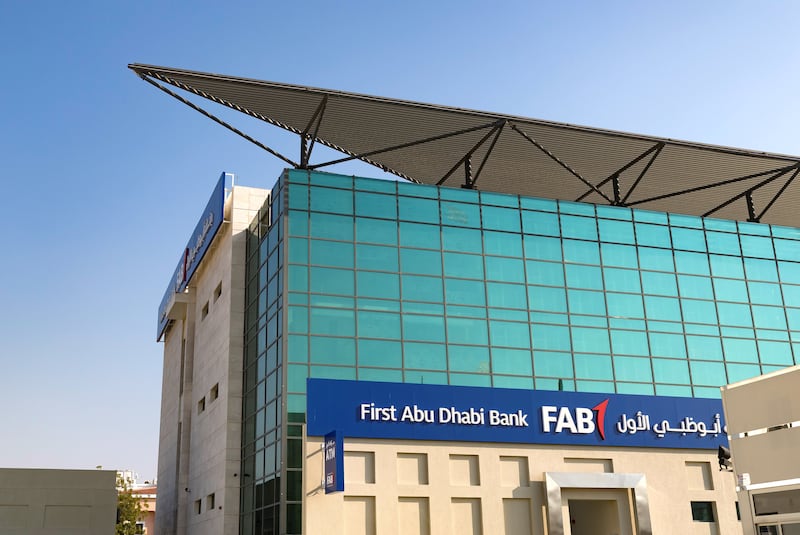Higher interest rates and a broad-based recovery of the UAE’s economy from the Covid-19 pandemic-induced slowdown are expected to boost the profitability of the UAE lenders, Egyptian investment bank EFG Hermes has said.
The expected 300-basis points (bps) rise in US interest rates will drive up the net interest income of lenders, the bank said in a report on the UAE banking sector.
A 25 bps rate increase translates into a net interest margin expansion of about 5 bps and earnings per share growth of 3 per cent for lenders.
“We remain positive on UAE banks going into year end,” EFG Hermes analysts Shabbir Malik and Omnia Kadry said.
“There are macro tailwinds in the short term — positive spillover from the Qatar World Cup to the hospitality and aviation sectors, and in the medium term — visa reforms and net-zero transition, [with] earmarked capex [capital expenditure] of Dh600 billion ($163bn).”
The US Federal Reserve in September increased the policy rate by 75 bps, its fifth rate increase this year. The rate increase came after consumer prices rose by 8.3 per cent in August, exceeding economists' expectations of 8.1 per cent and well above the Fed’s 2 per cent target.
Consumer prices moved marginally lower to 8.2 per cent in September, paving the way for two more 75 bps increase in the Fed policy rate, which is expected to climb to 4.4 per cent by the end of this year.
Lenders in the GCC, where most central banks peg their currency to the US dollar, are the beneficiaries of rising interest rates.
The aggregate net profit of the UAE's 10 largest banks increased more than 24 per cent, quarter on quarter, boosted by a significant jump in their net interest income, professional services consultancy Alvarez & Marsal said in August.
The cumulative net income for the three months to the end of June climbed to $3.43bn as total net interest income for the banks grew 19.5 per cent at the end of the April-June quarter, the consultancy said in its UAE Banking Pulse report.
Although the UAE banking sector’s aggregate net interest margin (NIM) improved to 2.3 per cent, it remains below the pre-pandemic levels of 2.6 per cent, A&M said.
The NIM improved by 26.1 bps, quarter on quarter, underpinned by higher benchmark rates.
In February, S&P Global Ratings estimated a 15 per cent increase in net income and 1.4 percentage-point rise in return on equity for UAE banks for every 100 bps increase in the interest rate.
The UAE’s sharp economic rebound is also underpinning the profitability of lenders, EFG said.
The Arab world’s second-largest economy is set to expand by 5.4 per cent this year, according to the UAE Central Bank.
Emirates NBD forecasts that the economy will expand 7 per cent in 2022, due to a higher estimate for the energy industry's output and the “robust growth” of its non-oil sector, setting up the country for its fastest annual expansion since 2011, when output grew by 6.9 per cent.
While rate increases are positive for net interest incomes of lenders, “after a certain point, they can impact bank’s deposit mixes and asset quality”, EFG Hermes said.
Higher rates can encourage depositors to migrate funds from current accounts and saving accounts (Casa) to term deposits that pay interest.
“Corporations and institutions are likely to be more nimble in switching funds,” EGH Hermes analysts said.
“We expect banks with retail-biased deposits to have stickier Casa as their deposits are composed of more granular and less rate-sensitive customers.”







